
Since its introduction in 1994, the Subaru Outback has grown into one of the most popular station wagons across six generations -- though it was also sold in sedan forms. The latest seventh generation model has set out to change things by assuming a proper SUV shape. The Legacy-based car is often celebrated for its practicality, safety, rugged build, and standard all-wheel drive system, which makes it very capable of cruising around city streets or tackling moderate off-road courses. As a result,
it is a long-standing favorite among enthusiasts and 'go-anywhere' on and off-road drivers.
The outback is also often appreciated by those seeking a daily driver, as it is generally reliable and comes well-stocked with features. But even the most reliable cars can have problems, and as covered in our ranking of the Subaru Outback generations, reliability may vary from generation to generation or even based on the specific model being considered. In the course of researching this topic, we've heard of some difficulties in a number of areas, including those related to faulty electrical systems, excessive oil consumption, transmission failure, and windshield damage. Here's a look at the five most common problems with the Subaru Outback, based on feedback from owners.
Read more: 10 Of The Most Reliable Audi Models Ever Built, Ranked
Blown Head Gaskets
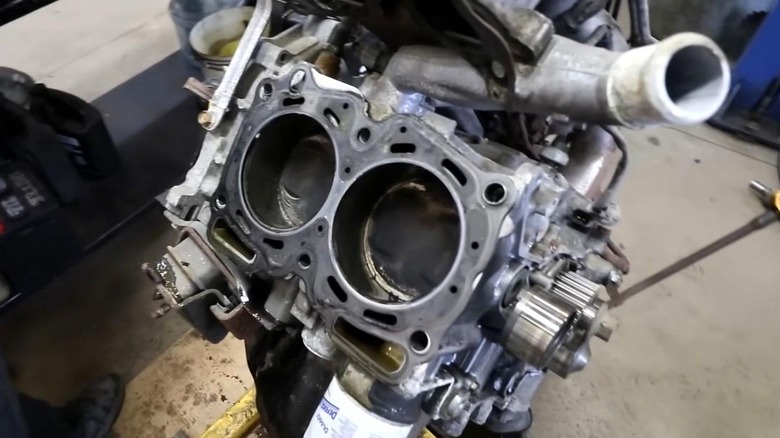
Older Subaru Outback models with naturally aspirated engines are notorious for head gasket troubles, which persisted up until the early 2010s. In a Reddit thread, one 2013 Subaru Outback owner, @Andibun complained about repeated failures -- at 68,000 and 145,000 miles -- describing their experience as "frustrating." However, reports by many other drivers indicate that Subaru Outback head gasket failure generally occurs around the 150,000-mile mark.
Several online comments suggest that the issues occur due to the specific nature of the engine design. As you may already know, the head gasket seals the space between the engine block and the cylinder head to prevent a loss of compression and leaks of oil and coolant. In the case of the naturally aspirated versions of the EJ series engines used on pre-2010 Outback models, Subaru utilized single-layer head gaskets, which, according to Redditor @BrokenButStrong, were weak, incompatible with the standard engine coolant, and consequently, prone to failure. This resulted in poor sealing performance that caused some Outback engines to leak and ultimately overheat. Turbo Outback models rarely encountered this problem, however, as they had multi-layer steel (MLS) head gaskets that could withstand high combustion pressures and temperatures.
Excessive Oil Consumption
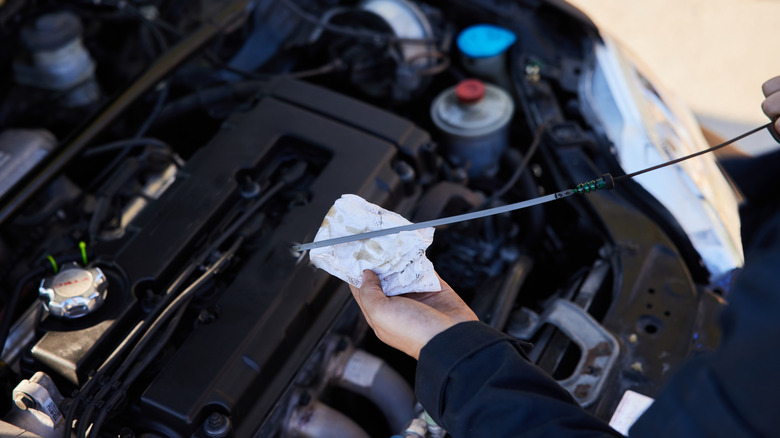
Another engine-related problem that's common with the Subaru Outback is high oil consumption, particularly in models produced between the 2011 through 2015 model years. Commenting on Car Complaints, many owners said their cars suddenly started to burn oil and that they've had to top off the oil more frequently than usual, despite using the correct grade of oil. Some have had experiences where dealerships would say the burning was normal, but that despite such claims, their cars kept burning oil rapidly.
One owner, Shannon M., who had around 55,000 miles on their 2015 Outback, recalled having their low oil level light appear after only having driven about 2,000 miles since the service. Others have also complained about their cars using about a quart of oil or more every 1,000 mile, which they considered to be quite excessive. As a matter of fact, the oil burning issue got so bad that a Class Action was successfully taken out against Subaru for fitting vehicles such as the Subaru Outback, Legacy, Crosstrek, and Impreza with faulty piston rings that caused them to burn too much oil.
Transmission Failure
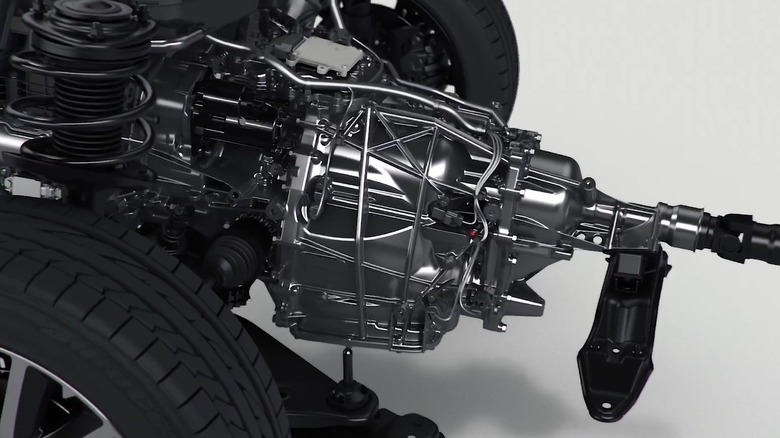
As part of changes for the 2010 Outback, which kick-started the fourth Outback generation, Subaru offered the station wagon with an all-new Lineartronic continuously variable transmission (CVT) option. The CVT was designed to combine fuel efficiency with a more responsive driving experience than traditional automatics, and as such arrived with plenty of hype. While it delivered on those claims, it also introduced several common faults that lasted through 2014. One such issue was its torque converter failing prematurely.
Owners of some 2010 models have reported issues with the torque converter locking up when braking on Car Complaints. When this happens, it can lead to a complete loss of power, which in turn entails an increase in accident risk. "Car stalls when coming to a stop such as at a light, usually occurs when the speed is <5mph. The car completely stalls, requiring a shift into park and restarting the car... This frequently occurs when there are cars behind me, putting me at risk for being rear-ended."xtagstartz/p>
Parasitic Battery Drain
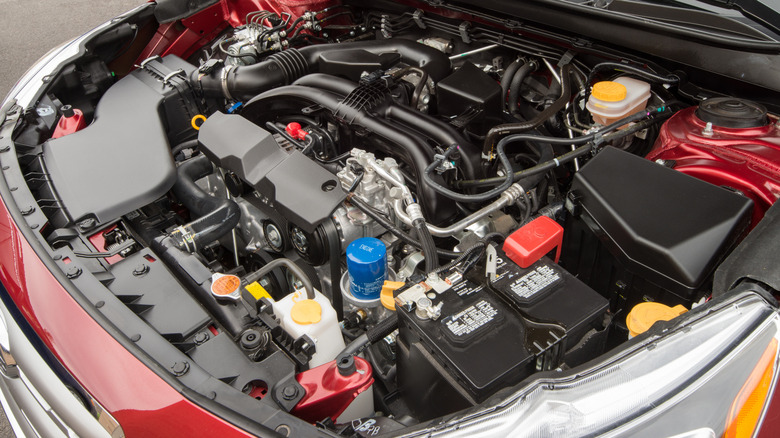
Battery issue is yet another common concern that some Subaru Outback owners face. Drivers of 2015-2020 Subaru Outback models have reported problems with their batteries draining even after the car is parked. One Redditor, @Hawk_in_Tahoe, attributed the problem to the DCM (Data Communication Module) fuse, which powers the Subaru Starlink system. The DCM fuse in the 2015-20 Outback is said to be defective and keep consuming power until the battery is completely drained.
Hence, the commenter -- as well as others elsewhere -- said the issue could be potentially fixed by removing the DCM fuse. But while it is believed to be the cheapest fix and has been confirmed to actually solve the battery drain problem, removing the fuse would, among other things, cut out the front speakers completely. Alternatively, owners could either get a bigger battery, replace the faulty DCM fuse altogether, or have the alternator updated, as user @Hawk_in_Tahoe claims it "was programmed from the factory to NOT fully charge your battery in order to save gas." In a separate Reddit thread, user, @Fabulously-humble stressed that the battery not fully charging is the actual problem, and that the battery drain issue can be taken care of by updating the alternator firmware.
Cracked Windshields
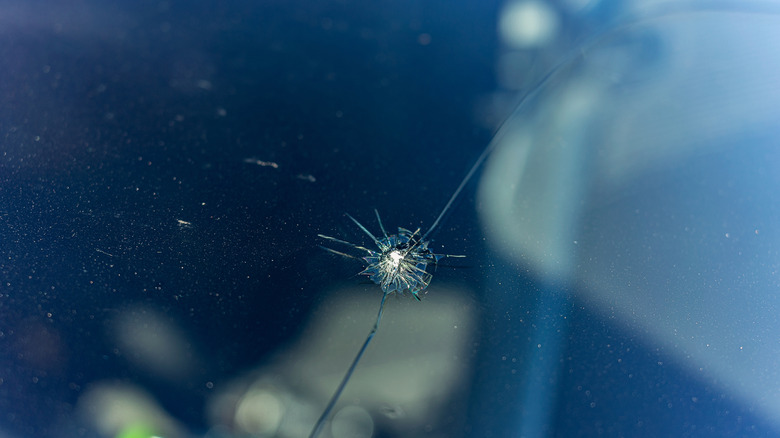
Windshield damage happens to most of us at some point. But with the Subaru Outback, it is a major problem area, as underscored by the hundreds of reports on Car Complaints about the windshield on 2015-2022 Outback models cracking easily. Worse still, owners claim the problem persists even after replacements because Subaru issues the same defective units as replacements. Posting on Car Complaints, one owner of a 2015 Subaru Outback, Sherri B., said they've had to change windshields three times in just over four years due to cracks.
Other owners have also had experiences where minor chips quickly turned into bigger cracks "in a matter of days." In their post on Car Complaints, user, katinahat said: "A crack started on the drivers side and I watched as it snaked across to the passenger side in a matter of days. The crack grew 6 inches overnight while sitting in the driveway." There are many such similar complaints about models such as the 2017 Subaru Outback, which we consider to be among the Subaru Outback years to avoid if you're on the hunt for a used Outback model.
Want the latest in tech and auto trends? Subscribe to our free newsletter for the latest headlines, expert guides, and how-to tips, one email at a time.
Read the original article on SlashGear.










